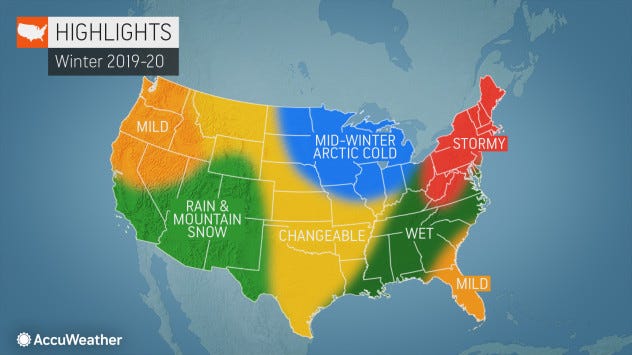Key Highlights
- National Weather Service’s Climate Prediction Center predicts a milder winter for much of Texas.
- The ongoing budget impasse in Congress has delayed the annual winter briefing by the weather service’s Climate Prediction Center.
- Drier and warmer conditions are expected, worsening the existing drought in Texas.
- La Niña is a significant influence on the winter outlook for much of the southern United States.
The Winter Outlook for Texas: Milder Conditions but Drought Worsening
A milder-than-normal winter is expected across much of the southern United States and along the Eastern Seaboard, according to the National Weather Service’s Climate Prediction Center. This forecast has significant implications for Texas, where a drier and warmer winter could exacerbate existing drought conditions.
Implications of La Niña
The Climate Prediction Center attributes much of this outlook to the ongoing La Niña phenomenon. During a La Niña event, which is characterized by cooler-than-average sea surface temperatures in the equatorial Pacific Ocean, the jet stream tends to shift northward. This can redirect cold fronts and storms away from Texas, leading to warmer and drier conditions than usual.
Current Drought Conditions
Texas is already grappling with severe drought conditions, as evidenced by data released on Thursday from the U.S. Drought Monitor. Approximately 30% of the state’s land area is now experiencing severe to exceptional drought, up from 26.4% last week. The situation has worsened in Southeast Texas and is expected to continue deteriorating over the next two weeks due to warmer temperatures and limited rainfall prospects.
Government Shutdown Impact
The ongoing budget impasse in Congress has delayed the annual winter briefing by the Climate Prediction Center, which typically offers detailed regional insights. This delay means that forecasters and planners will be missing valuable context on how these national trends might unfold across Texas. The rescheduling of the Winter Partners Webinar from mid-October to November 6 is an effort to provide this crucial information.
While the shutdown has paused formal communications, regional National Weather Service offices continue issuing daily forecasts, warnings, and updates as usual.
However, essential public outreach opportunities, such as storm spotter training and long-term data research, are being put on hold. These interruptions can have ripple effects for local agencies that depend on consistent federal data and briefings to prepare for winter weather, energy demand, and emergency response.
Future Implications
The milder winter forecast for Texas could bring some relief from the bitter cold experienced in recent years but may also contribute to worsening drought conditions. The Climate Prediction Center has high confidence that drought will persist and intensify from southern Texas to California, a region already suffering from severe water shortages.
While wetter weather is expected in parts of the Ohio Valley and southern Great Lakes, much of Texas and neighboring regions are likely to remain drier than normal. This forecast could have significant implications for agriculture, energy production, and overall water management strategies in the state.
The ongoing government shutdown underscores the importance of consistent data and briefings from federal agencies like the Climate Prediction Center. Without these resources, local communities and industries may face challenges in preparing adequately for the winter ahead.

